‘Last African dinosaur’ discovered in Moroccan mine
By Reuters
05 June 2017 |
12:17 pm
A fossil of one of the last dinosaurs living in Africa before their extinction 66 million years ago has been discovered in a phosphate mine in northern Morocco.
Related
Related
17 Apr
In Nigeria, a pharmacist's club create awareness about andropause. They de-stigmatizes andropause and advocates regularly healthy checks.
21 Apr
Australian scientists say the Great Barrier Reef – the world's largest coral reef, stretching over 2,300 kilometres along the country's northeastern coast – is undergoing its seventh "mass bleaching" event since 1998. This comes after they conducted aerial surveys of more than 300 shallow reef. Faced with climate change, coral reefs are the most vulnerable ecosystems in the world. But various techniques are being experimented to restore them
2 days ago
El Nino is causing extreme weather events in East Africa and a crippling drought in the south of the continent. Experts say immediate action is needed to tackle famine and displacements.
23 Apr
The world of work is undergoing a rapid transformation, constantly reshaping how we think about work, careers, and success. The rise of remote work, the increasing importance of skills over degrees and of course, the impact of artificial intelligence and automation has all led to what we now call the new work era.
4 days ago
Infusions, anti-aging creams or anti-stress drops made from cannabis are some of the food supplements that Morocco will begin to market imminently and that are already on display at the International Agriculture Exhibition (SIAM) inaugurated this Monday, after legalization of this plant in 2021 for pharmaceutical and industrial uses.
1 day ago
Engineers at Columbia University's Creative Machines Lab have developed Emo – a robot capable of mimicking human facial expressions – to “enhance the interactions between humans and robots.” Emma Jehle has more.
Latest
2 mins ago
India has kicked off its marathon elections, with nearly a billion people eligible to cast ballots. High on voters' minds will be issues relating to the country's economy.
2 mins ago
The decision to call for a retrial from the New York appeals court has prompted varying reactions, with many dismayed that survivors will have to testify once more.
2 mins ago
Global demand for cashew nuts is exploding. Around the world, they're eaten as snacks, dairy replacements or used in cooking. In response, Kenya has been trying to revitalise the sector in the coastal region of Kilifi that once fed thousands. But in some factories, women face dangerous working conditions.
1 hour ago
In this Science segment, we look at how AI is attempting to complete unfinished or lost works by great artists like Klimt but also Beethoven, Schubert and Rembrandt. Scientists use all the information they can to train algorithms called "neural networks" to imitate the style of the artist or musician and guess the logical sequences. FRANCE 24's Julia Sieger tells us more.
1 hour ago
Every year, spear hunters kill hundreds of pilot whales on the Faroe Islands. Why do the residents of the island cling to this tradition?
×

Get the latest news delivered straight to your inbox every day of the week. Stay informed with the Guardian’s leading coverage of Nigerian and world news, business, technology and sports.


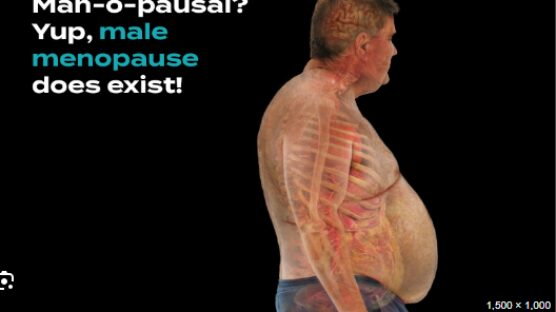
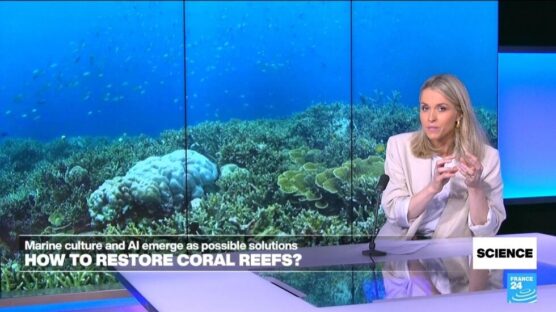
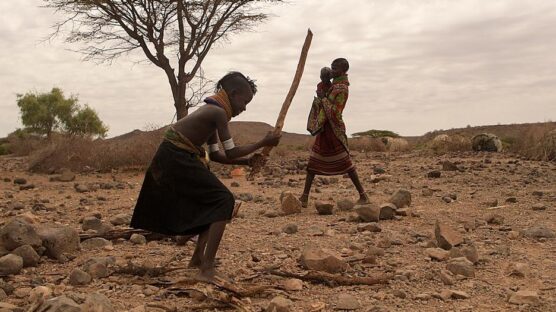


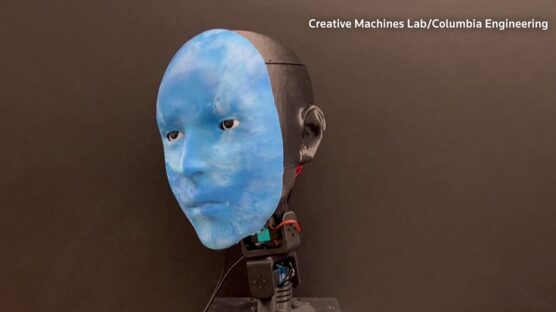







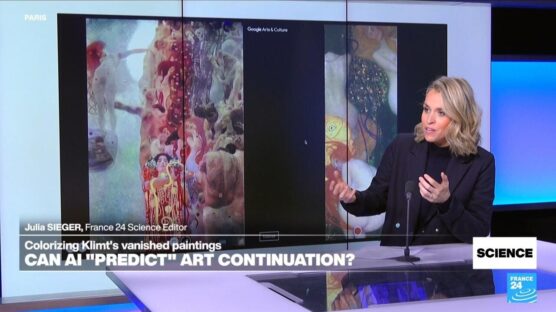


0 Comments
We will review and take appropriate action.